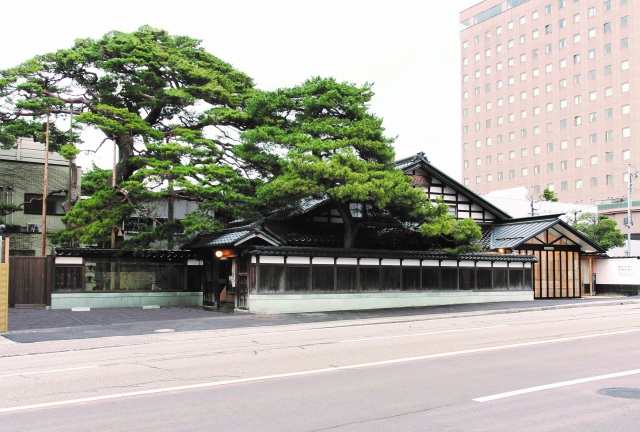Seeking the Beauty of Chanoyu
The tea ceremony in Kanazawa began when Maeda Toshiie, the founder of the Kaga clan, and the second generation of the clan, Toshinaga, were trained by Senno Rikyu, and later became more prosperous when Senso Soshitsu became the tea master. Today, the Urasenke school, as well as the Enshu school and Sowa school that were once associated with the Kaga clan, continue to flourish, and there are many tea houses where tourist can easily enjoy the tea ceremony. Let's look for the beauty of Kanazawa's tea ceremony.
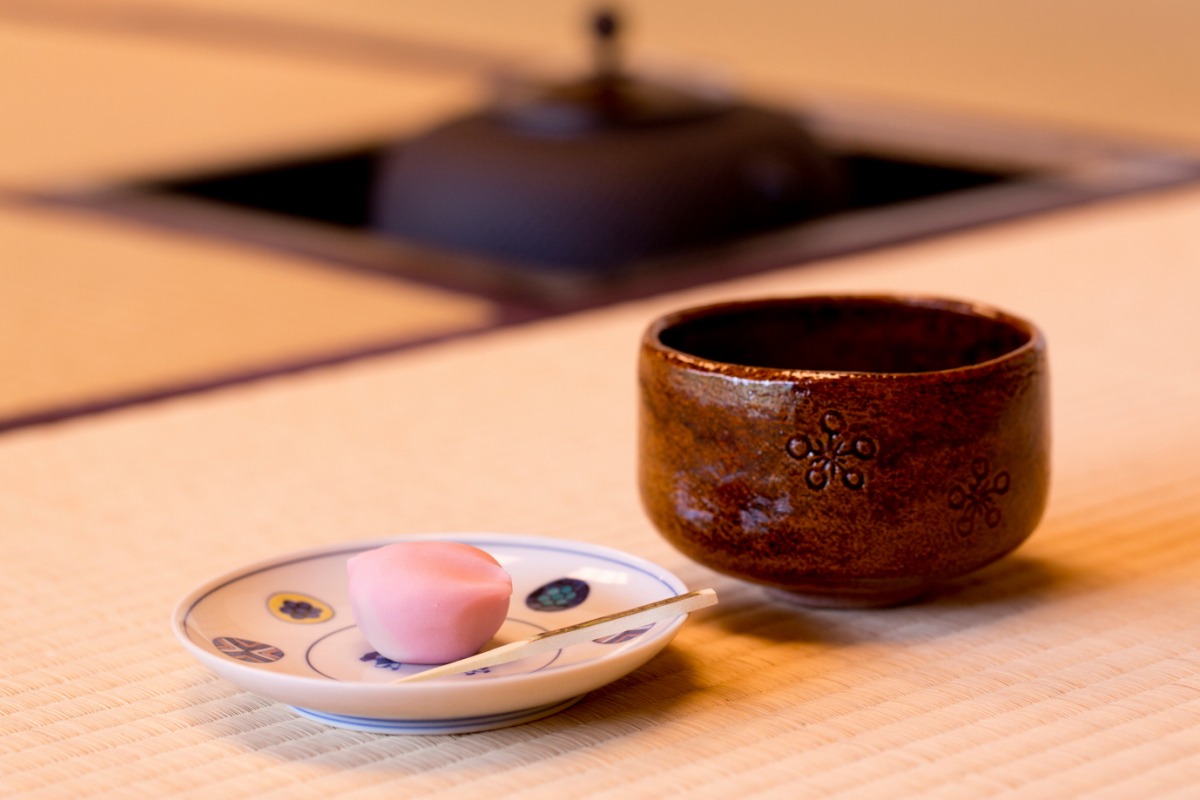
Kenrokuen Garden
One of the three most famous gardens in Japan! Enjoy the abundant natural beauty throughout the four seasons
Kenrokuen Garden is famous as one of the three best gardens in Japan. It is designated as a special place of scenic beauty by the national government. The vast garden is dotted with mountains, ponds, and teahouses, and visitors can tour the garden while enjoying the scenery of each. Visitors can enjoy a variety of natural beauty throughout the four seasons, and the "Yuki-Tsuri", or snow hanging to protect tree branches from the snow, is a must-see winter tradition in Kanazawa. When the garden is lit up at night, the garden is fantastically illuminated.
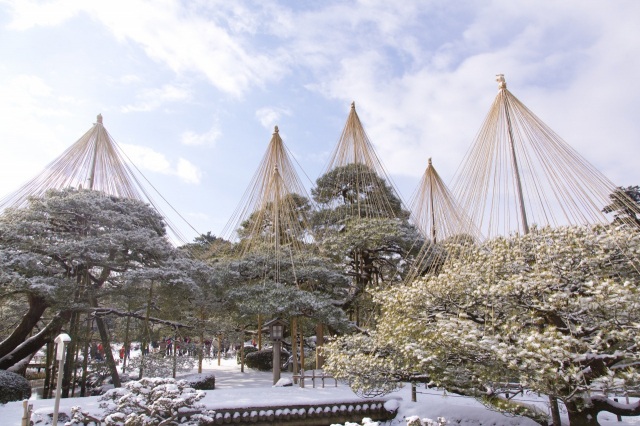
Shiguretei
The villa from the time when Kenrokuen Garden was built was recreated in 2000. Matcha and sencha green tea can be served in the pavilion (for a fee).
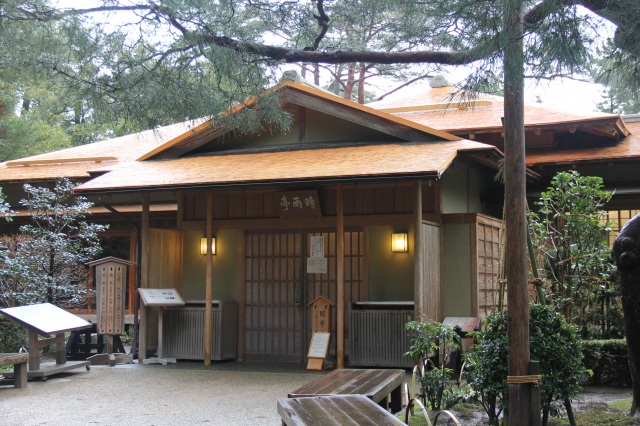
"Bijutsu no komici(Path of Art), "Midori no komichi(Path of Green)
Walking paths to fully experience the changes of the four seasons
The stone stairway "Bijutsu no Komichi(Path of Art)" connecting the Ishikawa Prefectural Museum of Art and the Nakamura Memorial Museum is parallel to the Tatsumi Waterway flowing from Kenrokuen Garden, creating an atmosphere that will make you forget about the hustle and bustle of daily life.
Walking along the "Midori no Komichi(Path of Green)" leading from Kanazawa Nakamura Memorial Museum to D.T. Suzuki Museum, you will find Honda Park, where you can see the "Former Honda Family Nagaya-mon Gate," a registered tangible cultural property of Japan. The Shofukaku Garden is also located next to the park, where you can feel the atmosphere of a samurai family's garden in those days.
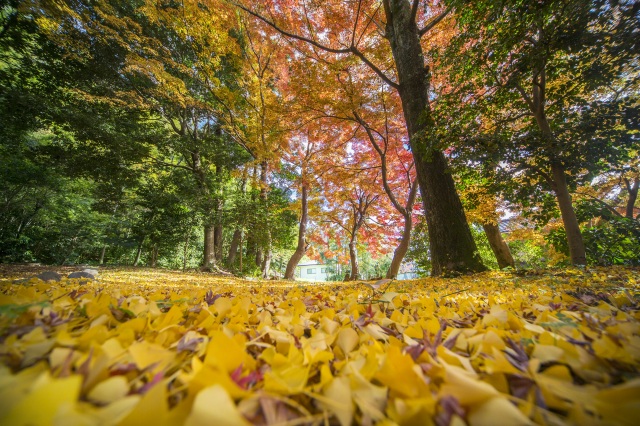
Kanazawa Nakamura Memorial Museum
The Nakamura family, who has been running a sake brewery in Kanazawa, moved and modified their own residence here, exhibited and opened their collection to public. Later, the museum was donated to Kanazawa City. Centering on noted articles of Japanese tea ceremony arts, the museum exhibits calligraphic works, paintings, lacquer ware, and pottery. There are a number of two or more Japanese tearooms used for tea ceremonies.
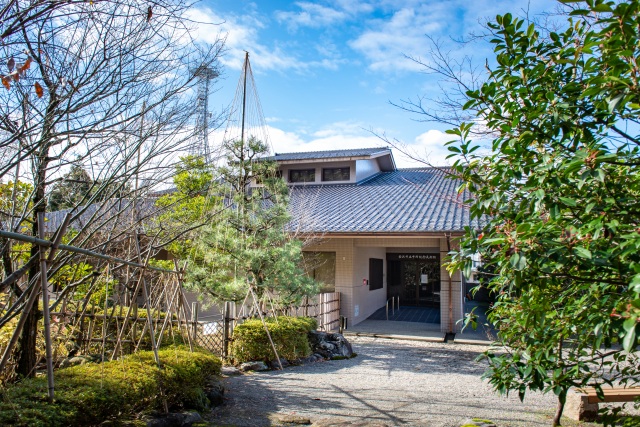
NOSAKU lacquerware Inc.
Connecting life and lacquer ware
Nosaku Lacquer Ware is located on the road connecting Kenrokuen Garden with the Korinbo downtown area of Kanazawa. The founder of Nosaku began selling lacquer for Buddhist altar decoration artisans in 1780. Nosaku offers a wide variety of Kanazawa lacquerware, "Wajima-nuri" and "Yamanaka-nuri", which are special products of Ishikawa Prefecture. You can also experience lacquer work, including painting lacquer and sprinkling powder on a tray on which a pattern is drawn. Please check the official website for details of the workshop.
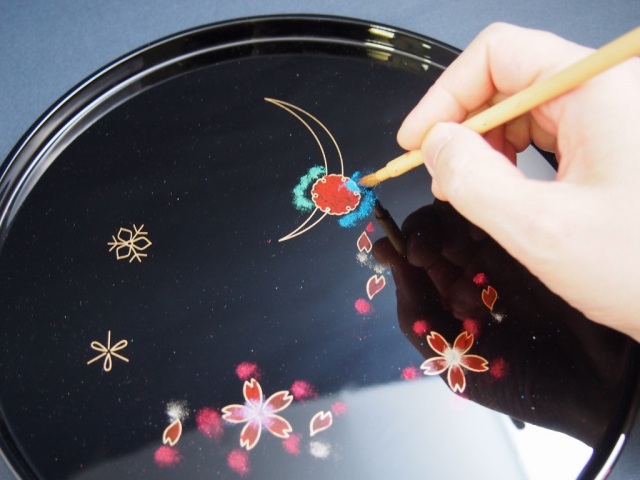
Get off at Hashiba-cho (opposite Kinjoro) bus stop.
Ohi Ware Museum
Museum telling the story of 350 years of history of Ohi-yaki pottery
Opened in 1990,
This museum offers visitors a glimpse into the history of Ohi-ware pottery and the tea ceremony culture of Kaga-Kanazawa, from Chozaemon I to the present day.
The Ohi Ware with 350 years of history, does not use any wheel, but is formed by hand, and is characterized by its amber glaze.
The three exhibition halls present the history of Ohi-ware pottery over 350 years, the present, and new traditions, with a focus on the amber graze presented by the Raku family, the designs favored by Senso, and the creative works of each successive generation. Representative works include “Ohi Glazed Water Jar with Sea Urchin Handles by Chozaemon I (designated as a cultural property by Ishikawa Prefecture)” and “Ohi Glazed Sacred Tea Bowl by Chozaemon I”. In the adjoining Ohi Gallery, works by Ohi Tojisai (Ohi Chozaemon X: Order of Cultural Merit, member of the Japan Art Academy) and Ohi Chozaemon XI (visiting professor at Rochester Institute of Technology) are on display and for sale. You can also drink matcha (powdered green tea) with Ohi-ware in the tea room (for a fee).
